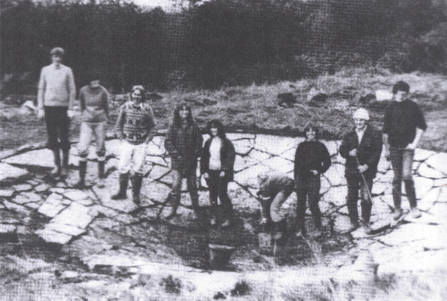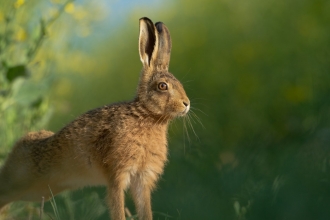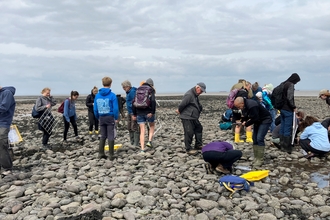
Central Somerset Gazette (30th October 1964)
From small seeds grow mighty trees
In May 1912, banker and expert naturalist Charles Rothschild held a meeting at the Natural History Museum in London to discuss his idea for a new organisation to save the best places for wildlife in the British Isles. This meeting led to the formation of the Society for the Promotion of Nature Reserves (SPNR). Soon after the society’s formation, local conservation organisations (the forerunners to Wildlife Trusts) began to spring up across the country.
Fast-forward to 15th February 1964, when 15 people gathered at Taunton Castle for a ‘pre-formation’ meeting to discuss setting up a county trust for nature conservation. These founders each paid £1 as initial capital to establish the Somerset Trust for Nature Conservation (STNC), and the rest, as they say, is history.
STNC was officially registered as a charity on December 17th, and it was the original membership application form that set out what the Trust was to do: “The intention of this newly established Trust is to prevent the unnecessary destruction of Somerset’s wildlife. It will in addition help to preserve places of special natural history interest.” Thirty years later, STNC would be renamed Somerset Wildlife Trust.
Today, as we enter our 60th year, we’re working as hard as ever to put nature back into recovery, with vital support from over 23,000 members and the involvement of over 300 volunteers.












